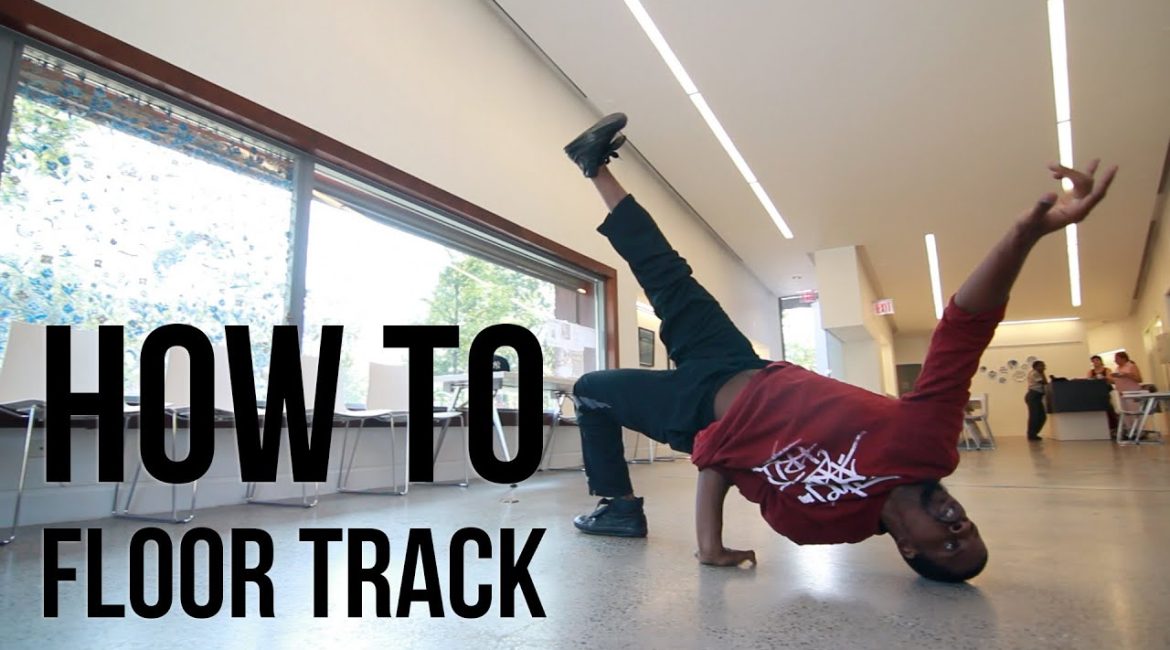Welcome to the vibrant world of breakdancing! Whether you’re a seasoned b-boy or a curious newcomer, learning the Floor Track, also known as the Head Track, is an exciting step in your dance journey. This powerful move combines elements of strength, agility, and style, making it a staple in breakdancing battles and performances. In this detailed guide, I’ll walk you through the steps to master the Floor Track, as taught by B-boy Nemesis in the legendary Poe Park, a hotspot for breakdance history in the Bronx.
Understanding the Basics
Before diving into the technicalities, it’s crucial to grasp the basics of the Floor Track. This move involves a fluid transition from a seated position to a head bridge, utilizing a combination of arm and leg movements to maintain balance and control. It’s not just a physical challenge but also a test of rhythm and coordination.
Step-by-Step Guide
- Starting Position: Begin seated on the ground. This initial position allows for better control as you prepare to launch into the move.
- The Swing: Place your right hand firmly on the ground to your side. Concentrate on swinging your back leg (left leg if you’re right-handed) around. This swing is the momentum builder for the move.
- Transition to Cradle: As your leg swings, lower your body towards your right elbow. This position, called the cradle, is crucial as it forms the base from which you will push into the head bridge.
- The Push to Head Bridge: From the cradle, push your body upwards, transferring your weight onto your head and your supporting arm. This move should end with your body elevated in a head bridge, creating a spectacular visual effect.
- The Catch: Once in the head bridge, the next step is to ‘catch’ or stabilize yourself by strategically positioning your legs. Swing and catch your balance in a smooth, controlled motion.
- Returning to Cradle: After holding the head bridge, fold back down into the cradle position. This not only shows control but also prepares you for a seamless exit or transition into another move.
- Repetition and Practice: Repeat the move, starting with the swing, transition to the cradle, push to head bridge, and catch. Practice is key in mastering the fluidity and timing of the transitions.
Advanced Tips
- Balance and Control: Maintaining balance during the head bridge is critical. Focus on distributing your weight evenly between your head and arms while keeping your core engaged.
- Symmetry in Training: B-boy Nemesis emphasizes the importance of practicing the move on both sides of your body. This not only enhances balance but also prevents injury and develops symmetrical strength.
- Slow and Steady: When learning, take it slow. Break down each part of the move and practice it slowly to understand the mechanics and body dynamics involved.
Creative Variations
Once you’re comfortable with the basic Floor Track, experiment with variations. Add your personal flair by incorporating spins, leg flares, or transitions into other moves. The beauty of breakdancing lies in its expressive potential, so feel free to innovate and make the move your own.
Conclusion
The Floor Track is more than just a dance move; it’s a blend of art, athleticism, and cultural expression. By mastering this move, you not only improve your physical capabilities but also connect with a rich history of breakdancing in iconic places like Poe Park. Remember, the key to success in breakdancing is consistency, creativity, and community. Keep practicing, share your progress, and most importantly, enjoy the dance!
Call to Action:
Are you ready to take your breakdancing to the next level? Share your experiences with the Floor Track in the comments below, or post a video of your practice sessions. Let’s inspire each other and keep the spirit of breakdancing alive!


Leave a reply